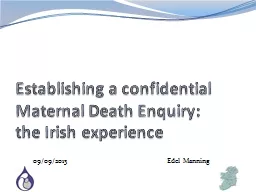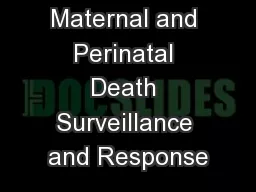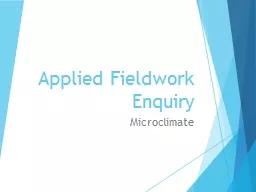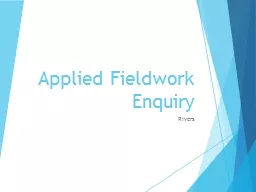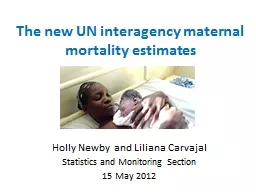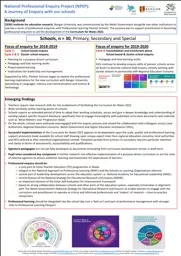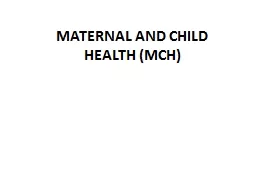PPT-Establishing a confidential Maternal Death Enquiry:
Author : alida-meadow | Published Date : 2017-09-24
the Irish experience 09092013 Edel Manning Republic of Ireland 2011 Mothers amp Babies Average maternal age 317 years
Presentation Embed Code
Download Presentation
Download Presentation The PPT/PDF document "Establishing a confidential Maternal Dea..." is the property of its rightful owner. Permission is granted to download and print the materials on this website for personal, non-commercial use only, and to display it on your personal computer provided you do not modify the materials and that you retain all copyright notices contained in the materials. By downloading content from our website, you accept the terms of this agreement.
Establishing a confidential Maternal Death Enquiry:: Transcript
Download Rules Of Document
"Establishing a confidential Maternal Death Enquiry:"The content belongs to its owner. You may download and print it for personal use, without modification, and keep all copyright notices. By downloading, you agree to these terms.
Related Documents

